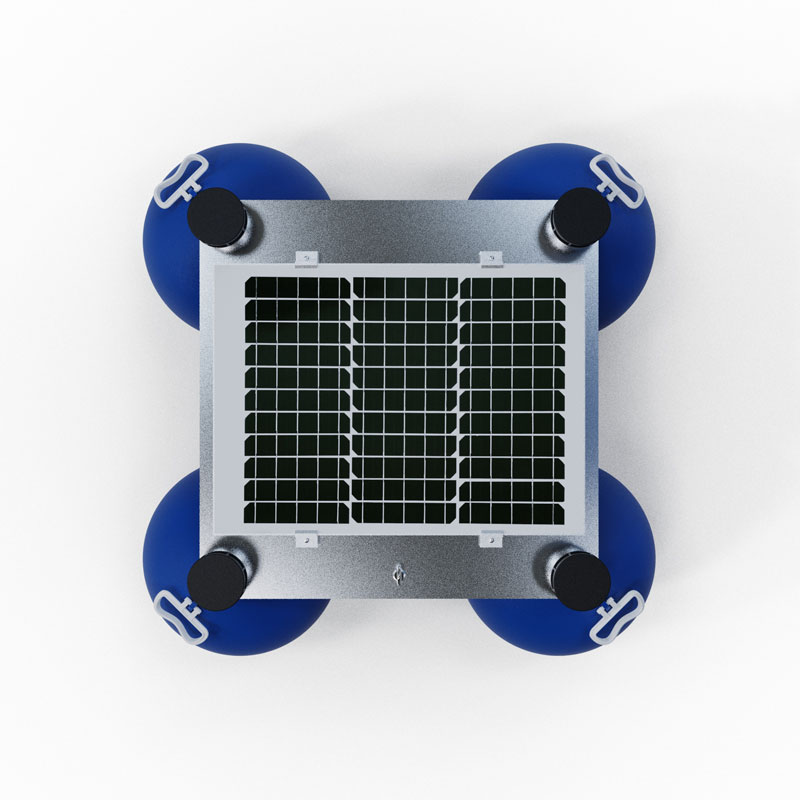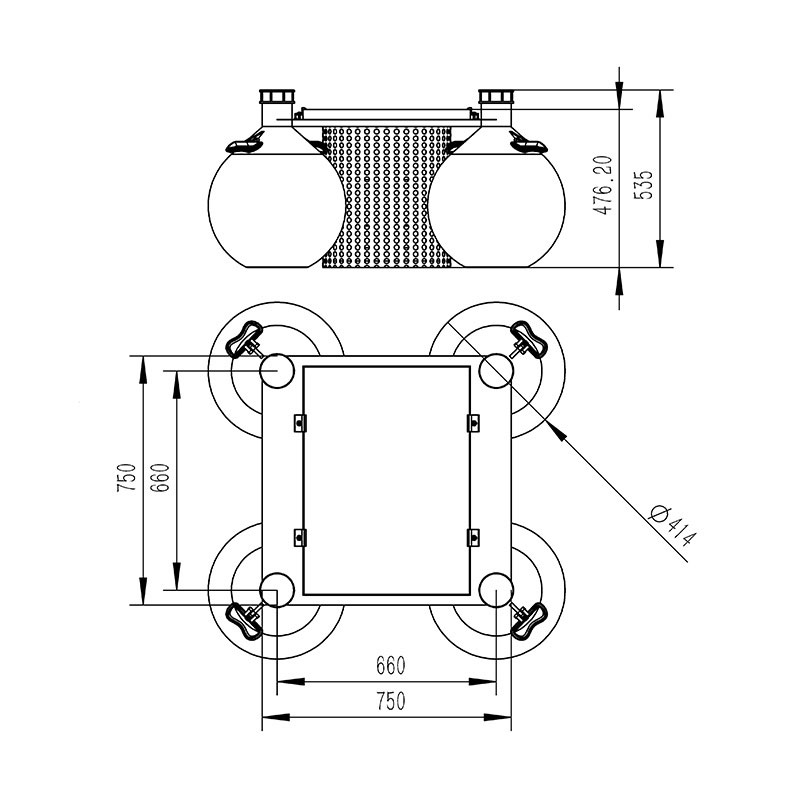Tianqiong Sensor IOT Technology Co., Ltd
Sales Manager:Ms. Emily Wang
Cel,Whatsapp,Wechat:+86 15898932201
Email:info@fengtutec.com
Add:No. 155 Optoelectronic Industry Accelerator, Gaoxin District, Weifang, Shandong, China

Sales Manager:Ms. Emily Wang
Cel,Whatsapp,Wechat:+86 15898932201
Email:info@fengtutec.com
Add:No. 155 Optoelectronic Industry Accelerator, Gaoxin District, Weifang, Shandong, China

Model:FT-SFA
Brand:tianqiong
1.Introduction to Water Quality Monitoring Buoy Functions
Water Quality Monitoring Buoy is a small, rapidly deployable buoy used to monitor water quality in harbours, rivers and protected waters.
1.Water Quality Monitoring BuoySFA unattended acquisition system integrating data acquisition, storage, transmission and management.It is an automatic hydrological measurement and reporting system for industrial and agricultural production, tourism, urban environmental monitoring, geological disasters, flood control, water scheduling, power station and reservoir water situation management, etc.; the powerful upper computer software can remotely observe real-time water and rain information, and has database, reports, download and other functions.Users can also use this complete meteorological software to further process and analyze the recorded data.
2.The water quality monitoring system consists of six parts: water quality sensor, data collector, communication system, power supply system, overall support, and water quality monitoring platform.It can simultaneously monitor water temperature, pH, dissolved oxygen, conductivity, ammonia nitrogen, turbidity, COD, etc., and a variety of water quality factors.The data collector has data acquisition, real-time clock, data timing storage, parameter setting and standard 2G/4G (GPRS) communication functions.
2.Water Quality Monitoring Buoy product features
1.Easy to deploy: All types of probes are highly integrated and easy to install; free cloud platform services are provided, and the system is quickly launched;
2.Easy maintenance: After the equipment is installed, it can work by itself, without manual duty, and the normal operation of the equipment can be ensured through remote monitoring;
3.Easy to expand: All sensor probes use a unified communication protocol, which can quickly connect to the original equipment and quickly expand monitoring parameters;
4.Low power consumption: The device can operate for a long time in a low power consumption state, increasing the convenience of the device;
5.Real-time: The data monitored by the device is transmitted to the cloud platform in real time, improving the timeliness of environmental data feedback.
3.Water Quality Monitoring Buoy Technical Parameters
1.Main parameters
| Product Name | describe |
| Water Quality Monitoring Buoy | Online monitoring of multiple parameters can be realized in real time. Battery power monitoring can be realized. It can realize cloud platform data monitoring, data push, data storage and alarm functions; data wireless transmission functions. The peak power consumption is 5W; the sensor power consumption is about 0.25W per piece. Dimensions: 750mm*750mm*535mm.Float diameter 414mm Weight: 22kg |
| Collector data acquisition | Reliable operation, anti-interference, and can integrate multiple RS485/MODBUS-RTU slave equipment |
| Collector data output | 1-channel Rs485/JSON protocol output |
| Battery | Lithium battery 12VDC, 20AH (default) |
| Solar panels | 22.1V/50W (default) |
| Power supply capacity | Customized selection; work for more than 5 days during rainy days |
| Position indication (optional) | Warning light; GPS positioning; |
| Monitoring platform | Cloud platform; mobile phone/computer multi-terminal login |
| Protective cover | 304 stainless steel filter cartridge protective cover |
| Floating body | Diameter 414mm, spherical floating body * 4 engineering plastic |
2.The main parameters of optional sensors
| Serial number | Sensor Type | Measurement range | Measurement principle | Measurement accuracy |
| 1 | temperature | 0~50℃ | High-precision digital sensor | ±0.3℃ |
| 2 | pH | 0~14 (ph) | Electrochemistry (salt bridge) | ±0.1PH |
| 3 | Dissolved oxygen | 0~20mg/L | Fluorescence life method | ±2% |
| 4 | Conductivity | 0~5000uS/cm | Contact electrode method | ±1.5% |
| 5 | Turbidity | 0~40NTU (optional) | Scattering light method | ±1% |
| 6 | ORP | -1500mv~1500mv | Electrochemistry (salt bridge) | ±6mv |
| 7 | Ammonium ion | 1-100mg/l | Ion Selection Electrode Method | ±5mg |
Appropriate testing solutions can be customized according to the actual situation of the customer and the technical indicators to be achieved.
Note: The sensor cannot be installed inverted or horizontally when installed, and should be installed at least 15 degrees above the angle of inclination.
The working environment of the above water quality sensor is 0-50℃, <0.3Mpa.
4.Water Quality Monitoring Buoy product size diagram

5.Water Quality Monitoring Buoy equipment installation requirements
1.Stay away from high-power radio transmitters
2.Stay away from high-voltage transmission lines and microwave radio transmission channels
3.Try to be close to the data transmission network
4.Stay away from strong electromagnetic interference
Negative Oxygen Ion Monitoring Station FT-FZ1 is an environmental monitoring device used to measure and display the concentration of negative oxygen ions in the air.The function of FT-FZ1 is to automatically monitor the concentration of negative oxygen ions in the air around the clock. Negative oxyg...
Canals, as critical water transportation corridors, are highly sensitive to meteorological conditions and require multiple weather sensors to monitor their climatic status, ensuring navigation safety and the normal operation of canal facilities.What types of weather sensors are needed for canals?Sen...
All - in - One Weather Sensors represent a significant technological update in the field of modern meteorological monitoring. Through a highly integrated design, it combines traditional discrete measurement modules into a single device, enabling the synchronous collection of all - element meteorolog...
Agricultural production is closely related to weather changes, and weather conditions play a decisive role in the growth, development, and final yield of crops. Torrential rains may trigger floods, submerge farmland, and damage crops. Droughts, on the other hand, can lead to insufficient soil moistu...